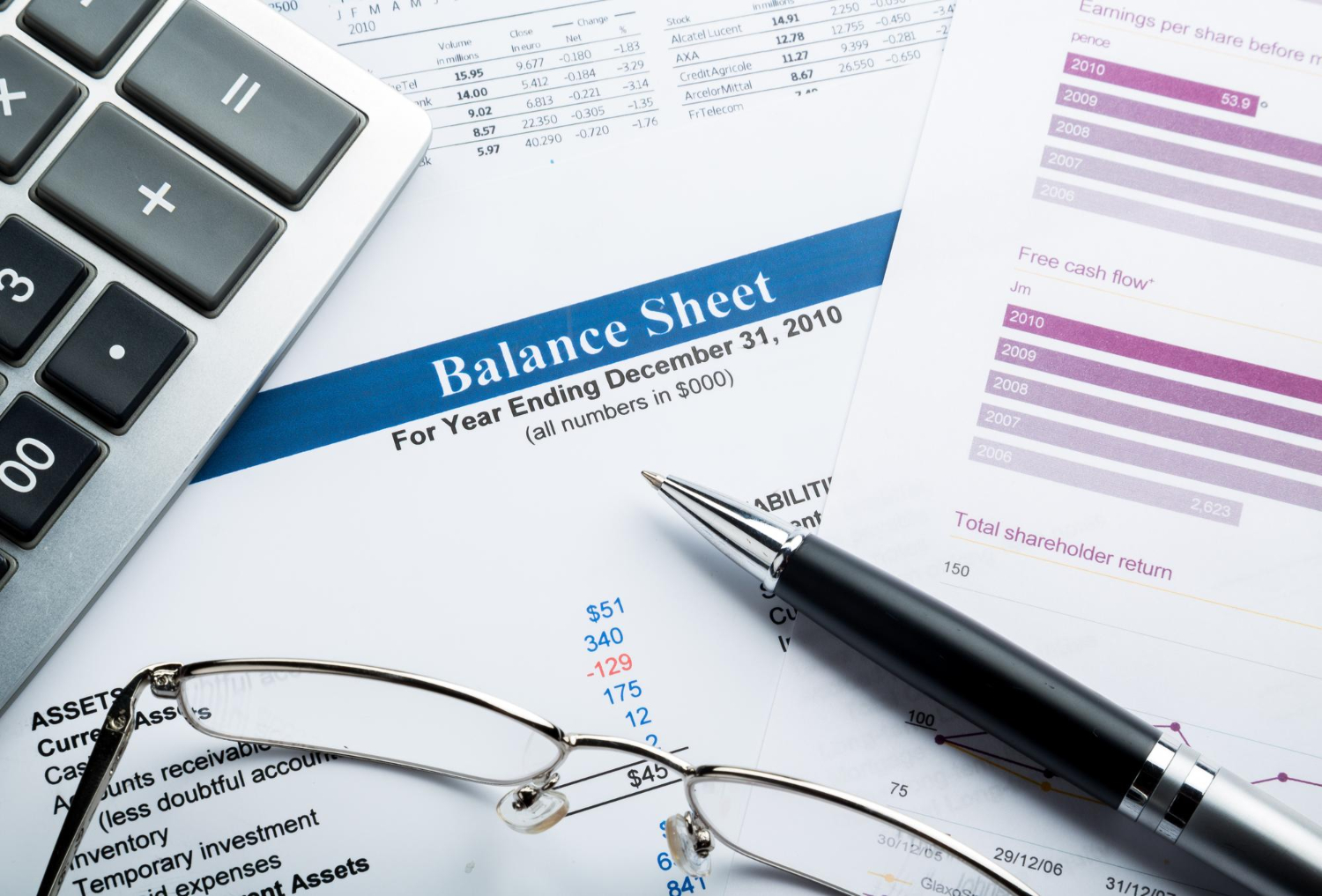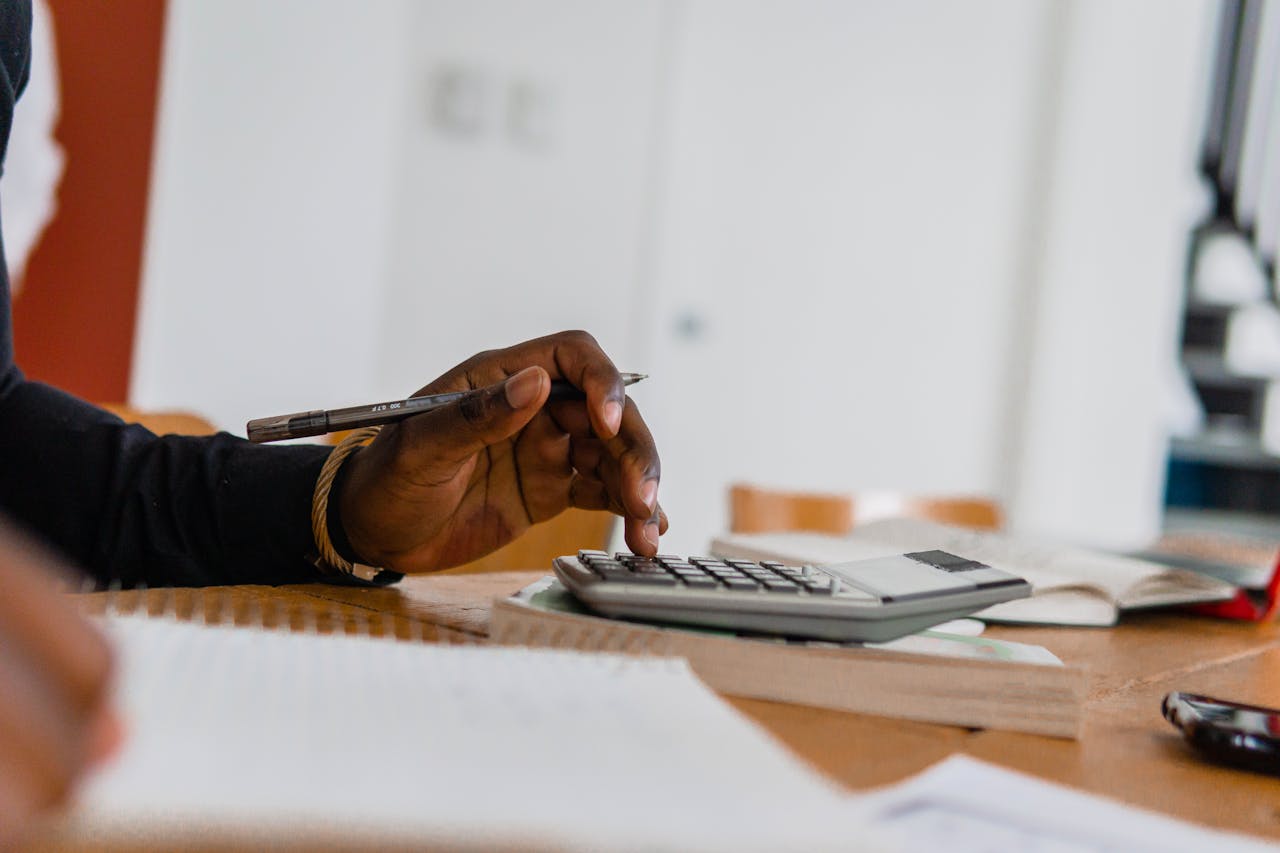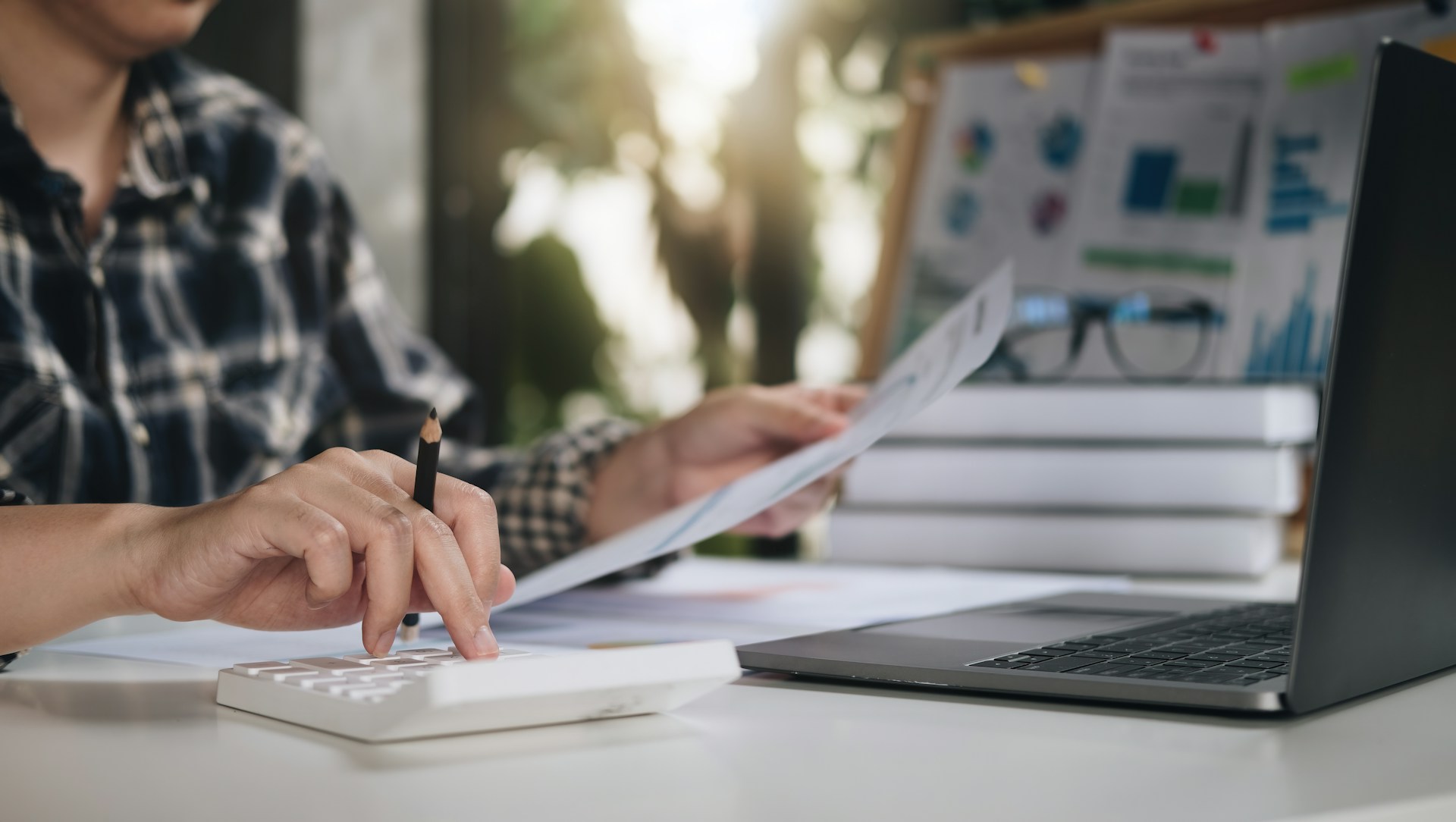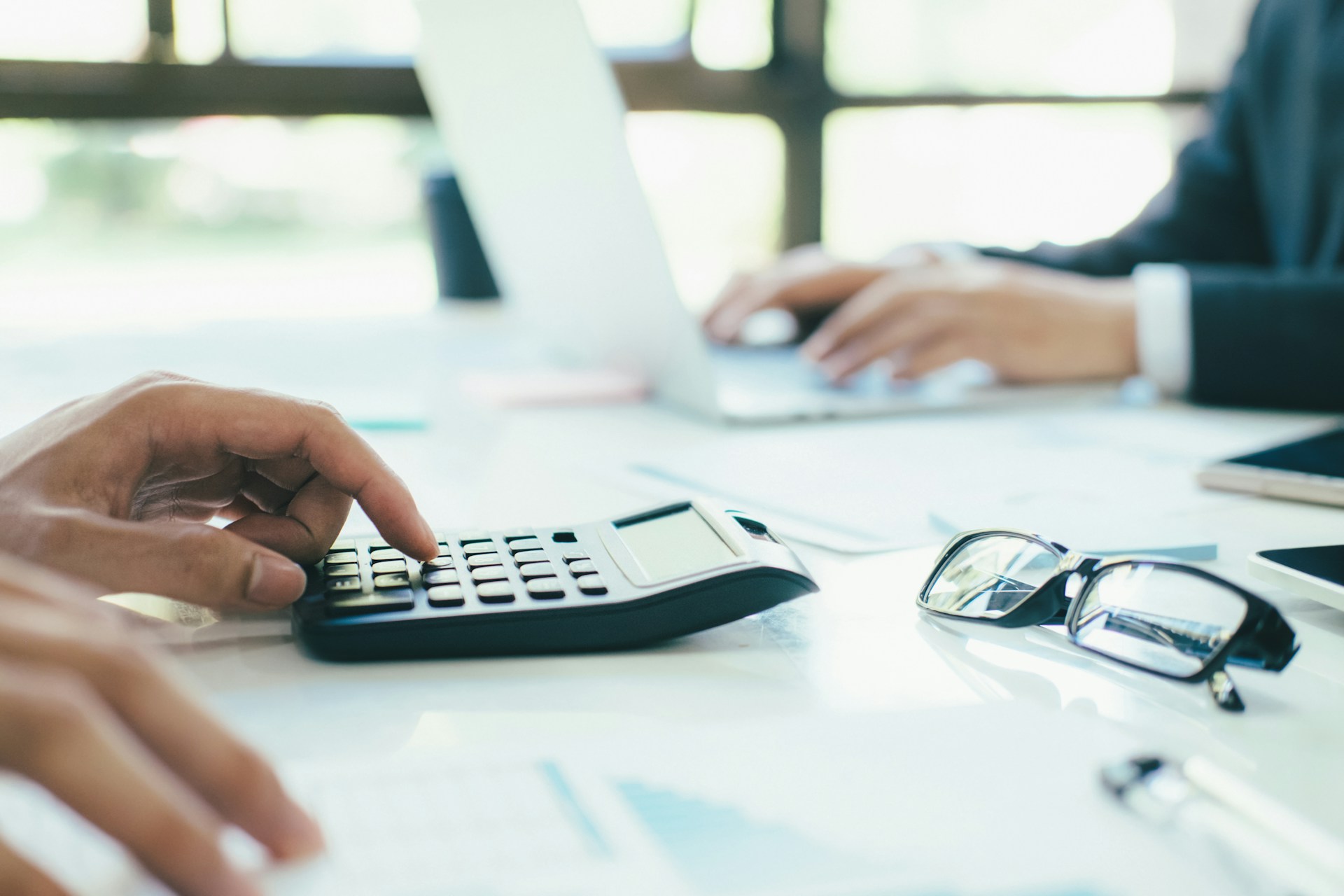Unlocking the Secrets of the Balance Sheet: A Beginner’s Journey
Understanding balance sheets can seem a bit tricky at first, […]
Understanding balance sheets can seem a bit tricky at first, but they are an important part of bookkeeping. A balance sheet is like a snapshot of a business’s financial health at a specific moment. It shows what a business owns, what it owes, and what is left over for the owners.
Balance sheets are made up of three main parts: assets, liabilities, and equity. Assets are things that the business owns and can use to make money, like cash and equipment. Liabilities are the money that the business owes to others, like loans or bills. Equity is the value left over for the owners after all liabilities are paid.
Learning to read and understand a balance sheet is a useful skill. It can help you see how well a business is doing and make better financial decisions. Once you know how to read these parts, you’ll have a clearer picture of a company’s finances and can use that information to identify opportunities for growth.
Basics of a Balance Sheet
A balance sheet is a powerful tool in bookkeeping, showing a company’s financial position at a specific point in time. Think of it as a picture that reveals all that the company owns and owes. It provides a clear overview of the company’s current financial health, which is essential for making informed business decisions.
The balance sheet consists of three main sections: assets, liabilities, and equity. These components work together to show the financial condition of a business. Assets are what a company owns and uses to conduct its business, like cash, equipment, and property. These are the resources a company can control to derive benefits in the future.
Liabilities represent what a company owes to others, such as loans and unpaid bills. They are obligations that the company must settle over time. Equity, on the other hand, is the difference between assets and liabilities. It represents the ownership interest in the company, which belongs to shareholders or owners after all debts are paid.
To maintain balance, every balance sheet follows the simple equation: Assets = Liabilities + Equity. This equation ensures that the finances are properly accounted for, offering a complete picture of a business’s financial standing. Understanding each part of the balance sheet helps you grasp how well a company is managing its resources and debts and whether it is in a strong position to grow.
Breaking Down Assets
Assets form a critical part of a balance sheet because they reflect what a business owns and can use to make more money. They are the resources available to a company to generate revenue and are classified into two primary categories: current and non-current assets.
Current assets are items that the company expects to convert into cash or use within a year. These include cash on hand, accounts receivable (money owed by customers), and inventory (goods available for sale). These assets are vital for daily operations, providing the funds needed to cover short-term expenses.
Non-current assets are those that the company intends to keep for more than a year. Examples include property, machinery, and long-term investments. These assets are crucial for long-term stability and are often used to produce goods or services or to increase the business’s value over time.
When categorizing assets on a balance sheet, companies list them in order of liquidity, or how easily they can be turned into cash. Cash is always listed first, followed by accounts receivable, inventory, and so forth.
Examples of asset categorization include:
– Current Assets: Cash, accounts receivable, inventory.
– Non-Current Assets: Buildings, machinery, patents.
By breaking down assets, you gain insights into what a company can rely on to meet its financial obligations and expand its operations. This understanding helps in planning growth strategies and ensuring the business remains sustainable.
Understanding Liabilities
Liabilities are the obligations a business owes to others and are a crucial part of the balance sheet. They are divided into two main categories: short-term (current) liabilities and long-term (non-current) liabilities.
Short-term liabilities are debts or obligations that the company expects to settle within one year. These include accounts payable (money owed to suppliers), short-term loans, and any taxes due soon. They reflect the financial commitments that need prompt attention, impacting the company’s immediate cash flow.
Long-term liabilities, on the other hand, are obligations due beyond one year, such as long-term loans or bonds payable. These debts are typically associated with the expansion of a business, like borrowing to buy new equipment or facilities. Managing these liabilities requires long-term planning.
How a business handles its liabilities significantly affects its financial health. High levels of liabilities can strain cash flow and impact the company’s ability to grow. On the other side, low liabilities might suggest missed opportunities for using financial leverage to expand or invest. Keeping a balanced approach to managing liabilities ensures the company stays financially healthy, ready to meet obligations without excessive debt burden.
Knowing Equity
Equity is the portion of a business owned by its shareholders or owners and represents their claim after all liabilities are paid off. It’s an essential part of the balance sheet because it portrays the residual interest or net worth of the company.
Equity includes several components, such as common stock, retained earnings, and reserves. Common stock is the initial investment made by shareholders, while retained earnings are the accumulated profits kept in the business for reinvestment. Reserves are the funds set aside for specific future expenses or expansion projects.
To calculate equity, use the simple formula: Equity = Assets – Liabilities. This formula shows how much of the company is truly owned by the shareholders. For example, if a company has $500,000 in assets and $300,000 in liabilities, the equity would be $200,000.
Equity provides insight into the financial strength and stability of a business. A higher equity value usually indicates that the company is stronger financially and less reliant on borrowed money. Understanding equity helps businesses and stakeholders assess the company’s value and make strategic decisions about its future.
Conclusion
Mastering the basics of balance sheets is an empowering step in handling a business’s financial affairs. By understanding assets, liabilities, and equity, you gain the confidence to interpret financial statements and make sound decisions. Balancing these elements can reveal much about a company’s stability and potential for growth.
A solid grasp of balance sheets benefits everyone involved in business, from owners and investors to managers and employees. By keeping an eye on these financial indicators, you can spot areas for improvement and identify opportunities to enhance business performance. This fundamental knowledge lays the groundwork for more advanced financial analysis and strategic planning, leading to smarter business decisions and more sustainable growth.
To support your business with expert bookkeeping services, including understanding and maintaining balance sheets, contact Hidden Refuge Bookkeeping. Our experienced team is dedicated to providing bookkeeping for small businesses in Las Vegas, helping you achieve clarity in your financial records and ensuring your business is on a path to success.





